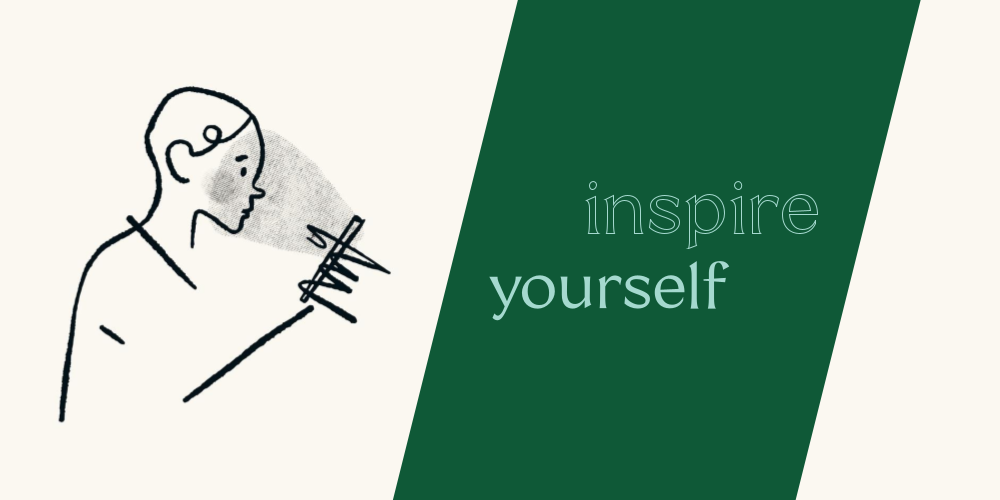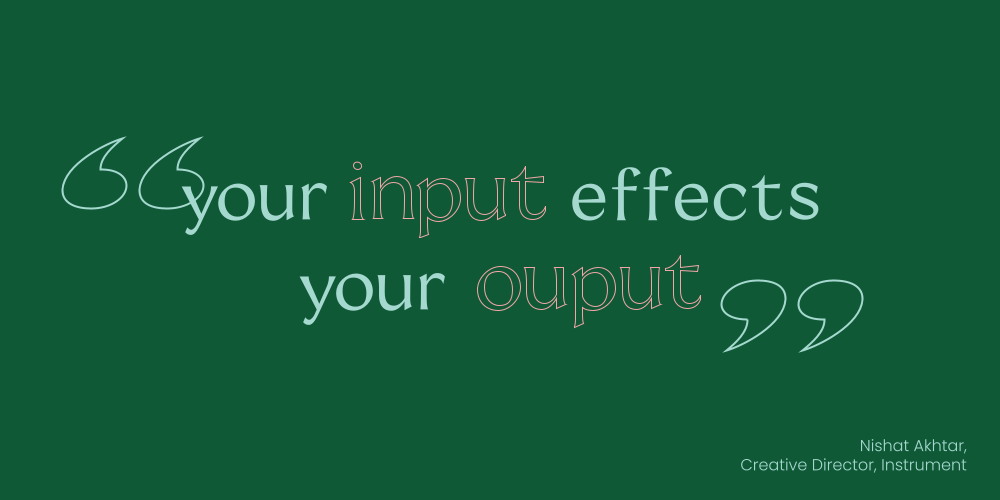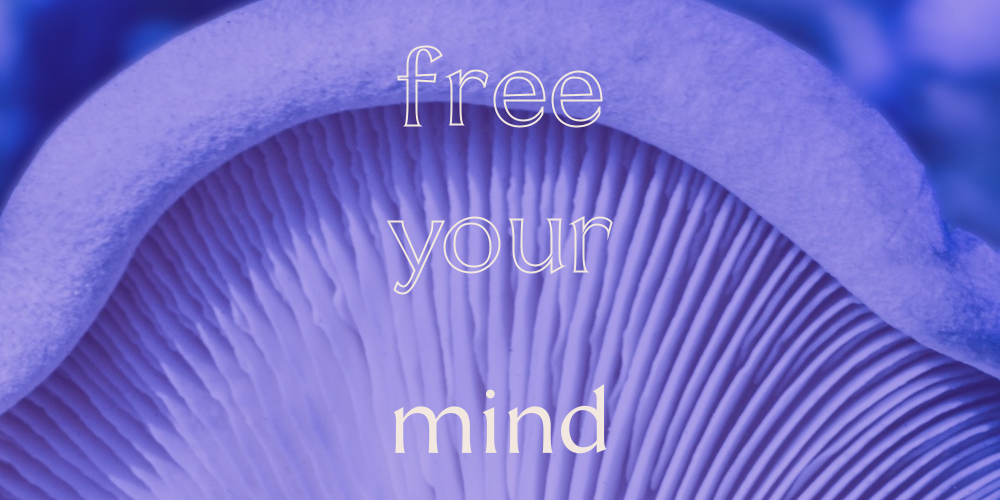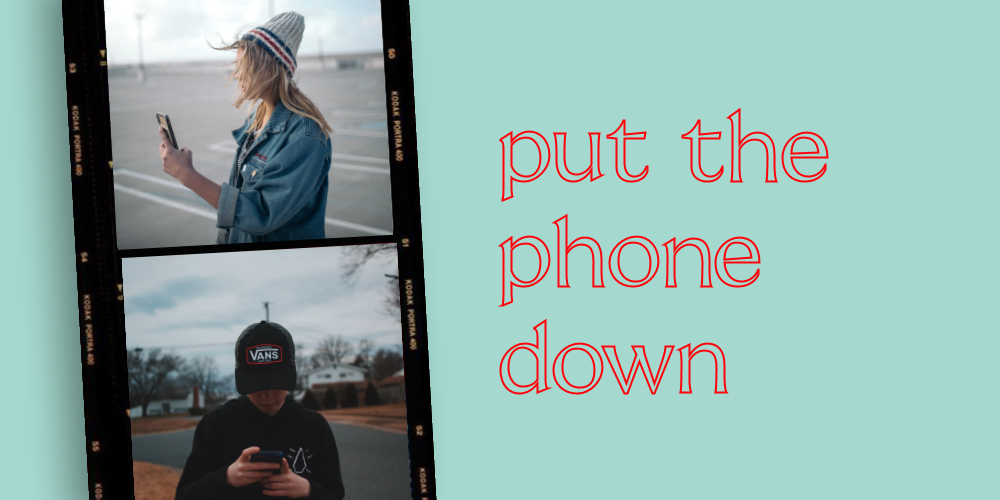
How to beat the algorithm and develop creative autonomy.
Instagram and Pinterest may be hindering your creativity. While they may seem like great tools for discovery and inspiration, their main purpose is to keep you in the app longer. Instead of populating new content to your feeds, these apps provide more of the same content to keep you in the app. When looking for inspiration we should seek novel experiences. We need to break free of the algorithm and develop tools for creative autonomy.
The creative process kicks off with some form of research or inspiration gathering. The brief is delivered, we understand the challenge at hand. Then we step away to gather our thoughts on the best way to answer the brief. If you’re an artist, art director or designer you’re likely to look online for some references to fuel your thoughts. At this point in the creative process, you are taking in a lot of information, which fuels insight and novel ideas.
Pinterest and Instagram are popular tools for reference gathering and inspiration. We go to these sources and type in search terms of what we are looking for. Start clicking around. Pinning. Liking. Bookmarking. Following. The benefit of these tools is that the machine learning algorithm gets to know your taste. Pinterest and Instagram then personalize your experiences. The machine learning tools find other similar content to keep you hooked. Tristan Harris, co-founder of the Center for Humane Technology, explains in The Social Dilemma, “Social media isn’t a tool that’s just waiting to be used. It has its own goals, and it has its own means of pursuing them.” As a result, you stay on the platform looking, searching, and clicking in an endless feedback loop. You don’t even have to try hard to find inspiration. The machine learning algorithm does the heavy lifting for you. In a way, you shape the algorithm that, in turn, shapes you.

You may have noticed the effects of this — the loss of time to scrolling. Heading to the app for a quick search. Then you see something that catches your eye. You follow that thread until 15 minutes have passed and you haven’t even begun what you went there to find. You may have even forgotten what you went there for in the first place.
The benefits are that there is an endless resource of visual material ready to use as fuel for your next idea. The drawback is its passiveness. When we become accustomed to social media finding our inspiration we are not being active in our creative process. Instead, we give creative autonomy to social media instead of to our own voices and choices.
When we are active parties to our inspiration we synthesize concepts that are unique to us. Active research means that we understand and value the references that form the cultural source.
Pinterest and Instagram send you images that they are also sending to other people like yourself. This results in pulling from the same pool of information as everyone else. Pinterest and Instagram are global tools. That means art directors and designers around the world are using the same inspiration as you. The competition for unique ideas is high. Resulting in the creation of similar ideas. The work all starts to look the same and blend together. When leveraging the same inputs and reference materials, your concepts are no longer novel. In essence, cutting short your creative potential.
To break free from the algorithm we must rethink how we approach creative research. We must change from passive recipients of inspiration to active information seekers. The intention is important when engaging in the ideation process. Be active about your inspiration.
Here are 3 tips to become active in your creative research process
Get curious
The passive observer scans material and collects references without context; without question. You may have a sense that you’re picking up on a trend, yet you can’t pick up on the context, source, process or names of the artists. When beginning research for a project, get curious. Ask yourself questions to uncover more about what resonates with you. Look up who the artist is. What influences their work? What methods or processes are they using to achieve the look? Ask yourself what is drawing you in. Is it the color, the symmetry, the pattern, the type treatment? Seek out any potential references in history or subcultures that the artist may be using. Asking more questions about why you like something is a great place to start.
Know your source
Think back to before the internet. How did we find inspiration? We read books; we researched; we went to museums; we looked around us. In other words, we found primary sources. A primary source is an account or original source before anyone has interpreted it or added their bias. For visual research that can look like an artist’s online portfolio or personal blog. Magazines and online publications are great as secondary sources. These sources connect you to new information and provide reviews of an artist’s work. Social media etiquette and good blogs will credit the maker. Look them up. Understand their work. Look for others like them.
Keep an inspiration journal
Journalling is an often-cited tool to improve creativity. Logging thoughts and ideas help to reinforce your thinking and inspire more ideas. This is also applied to collecting sources of inspiration. When you own your records of inspiration and ideas you can source them at any time. In turn, this helps develop more insights. Relying on services like social media leaves you subject to the decisions of that company. Plus, you can’t export your boards from Pinterest or bookmarks from Instagram if they change the format of the app.
There are many helpful tools to create a digital inspiration journal. Some examples include Notion, Google Docs, Keynote, and Evernote. Choose any interface that suits you and start collecting. Whether it’s a website, article, or quote, bring it into your journal and begin describing the details that inspired you. For example, if the warmth of a color palette in a painting stands out to you note that and describe why. Don’t forget to include the creator’s name and source where you found it. Keeping notes of that is very helpful in searching for references later on.
Inspiration is an ongoing pursuit and an active one at that. When we give in to the algorithm we let machine learning dictate what we make. Take back the pursuit of inspiration. Be active in this process. Dig deeper; get curious; build your knowledge of other creators their techniques and the culture around it, and keep a log of your findings.
Sign up
Get practical tips for your creative process straight to your inbox.


